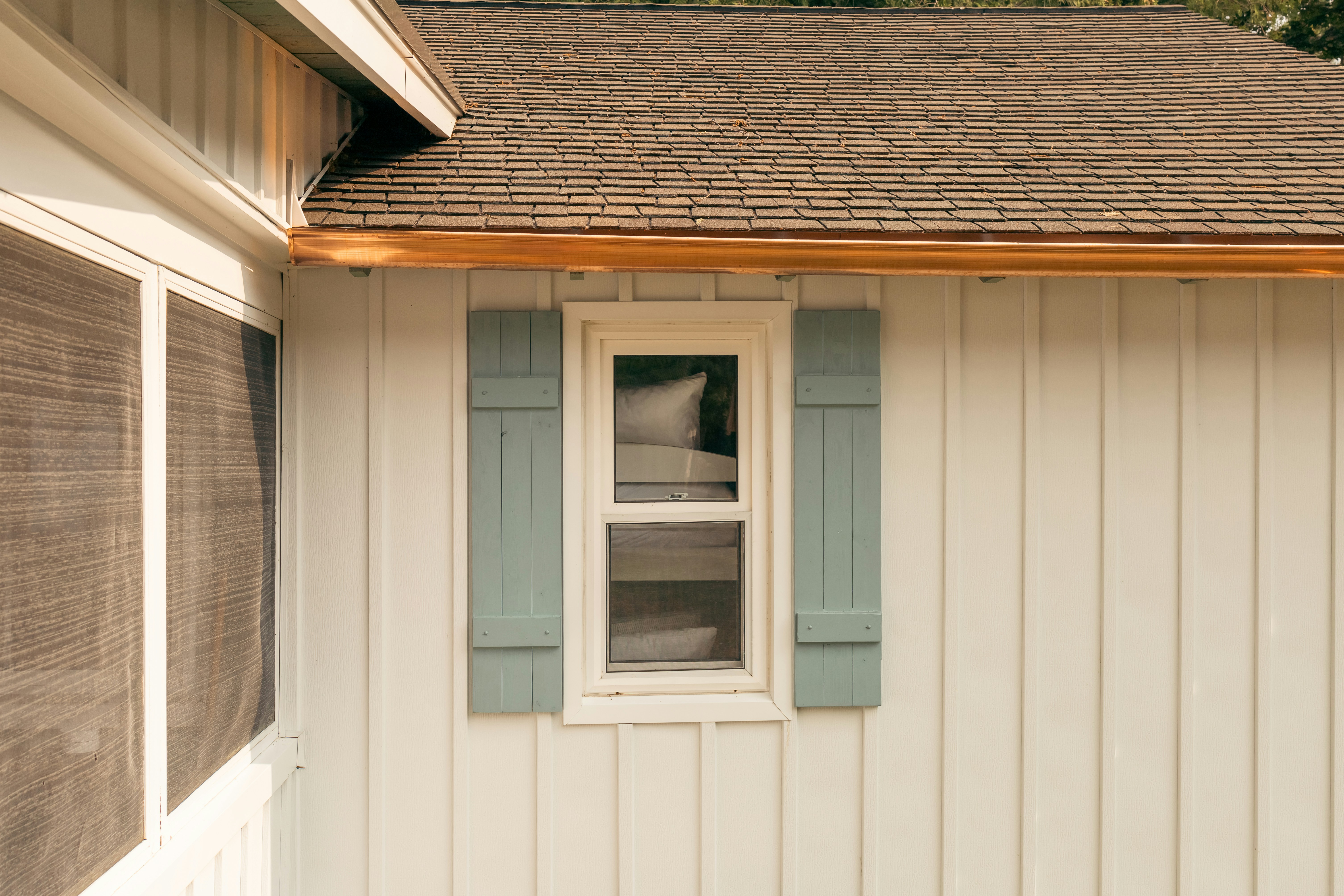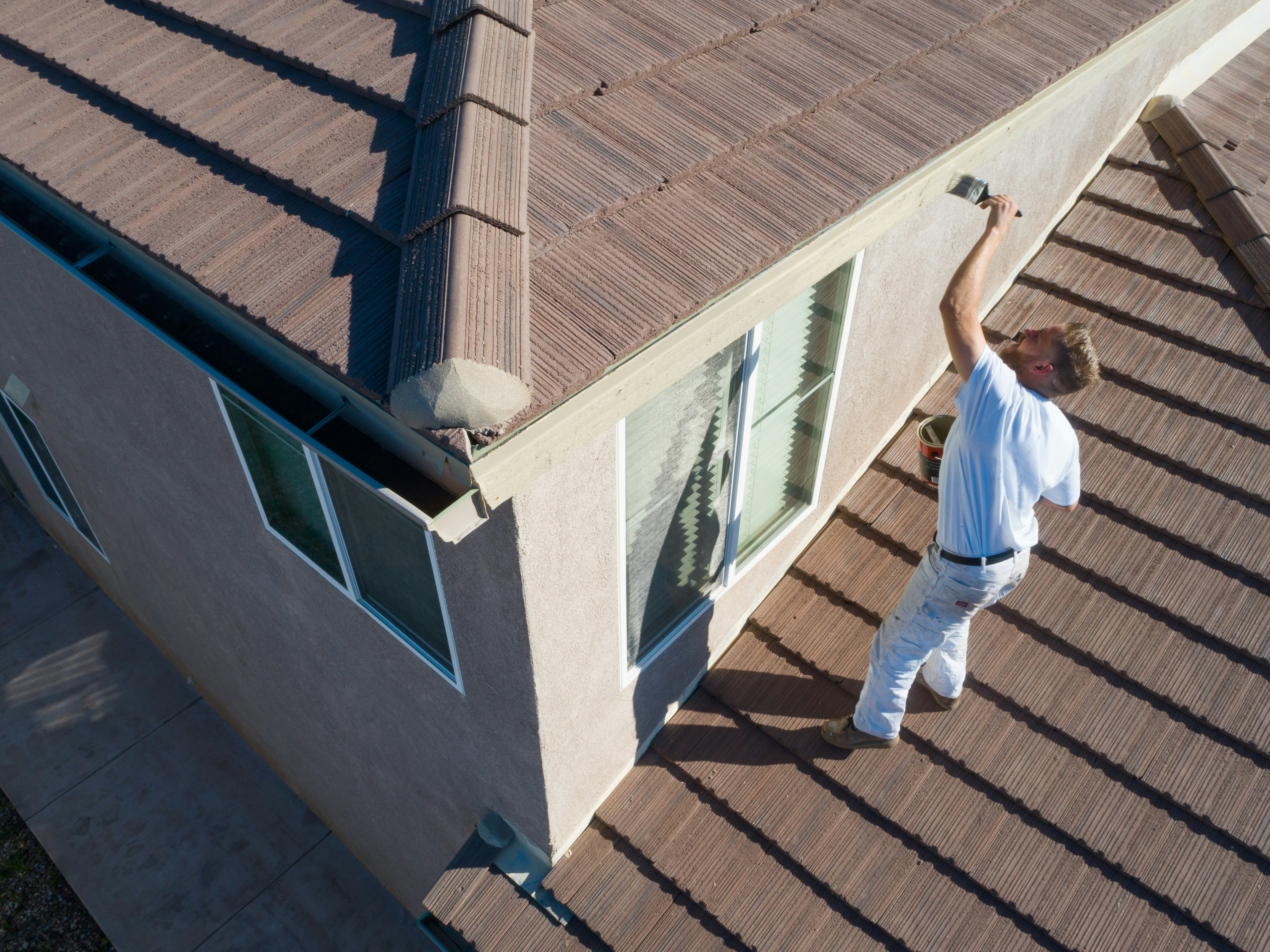Black mold in your home can be more than just an unsightly nuisance; it can also pose serious health risks. If you’re worried about potential mold infestation or the health implications it carries, particularly for individuals with allergies or compromised immune systems, swift action is necessary. This article will help you understand the dangers of black mold exposure, recognize the signs of its presence, and guide you on how to effectively prevent and address it in your living spaces.
Key Takeaways
Black mold (Stachybotrys chartarum) is a toxic fungus that thrives in damp environments and can cause various respiratory symptoms, especially in individuals with allergies, asthma, or weakened immune systems.
The identification of black mold allergies involves monitoring for symptoms such as coughing, postnasal drip, and sneezing, and can be confirmed through medical examinations like skin prick tests or blood tests for IgE antibodies.
Prevention and treatment of black mold exposure include keeping indoor environments dry, controlling humidity, ensuring proper ventilation, using HEPA filters, and employing medications such as antihistamines and nasal corticosteroids.
Unveiling the Threat: What Is Black Mold?
Whispered about in hushed tones, black mold, scientifically known as Stachybotrys chartarum, is a dark green or black fungus that often remains hidden until it’s too late. With a preference for damp, warm environments, this mold species thrives in the aftermath of water damage within buildings, slowly digesting the cellulose-rich materials of our homes and forming a mold colony. Unlike its more aggressive fungal cousins, black mold is not commonly found indoors, but when it surfaces, its airborne spores can tarnish the quality of the very air we breathe. Some key characteristics of black mold include:
- Dark green or black color
- Musty odor
- Slimy texture
- Slow growth rate
- Thrives in damp, warm environments
If you suspect the presence of black mold in your home, it is important to take immediate action to prevent further damage and protect your health. Learn more about black mold prevention from the [EPA](https://www.epa.gov/mold).
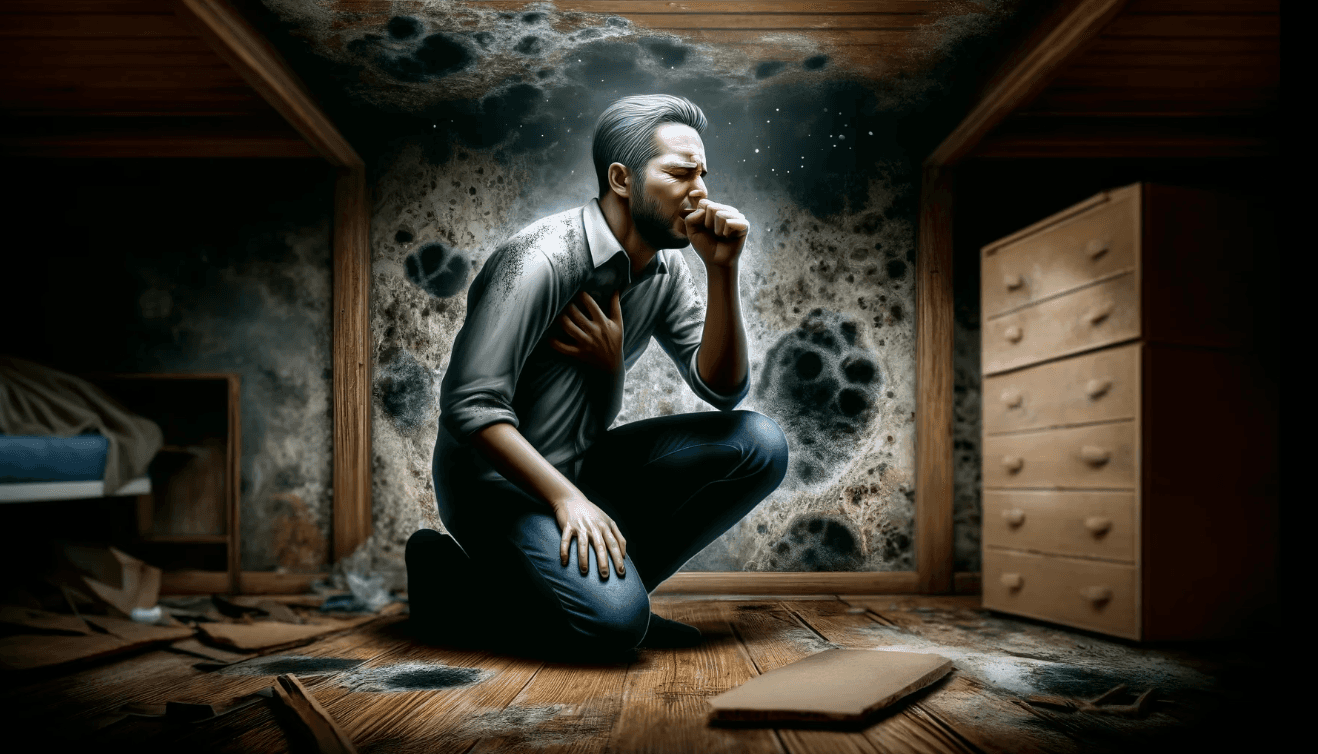
The Risks of Black Mold Exposure
The mere mention of black mold conjures images of decay and toxicity, but how does it truly affect our health? For those with allergies, asthma, or compromised immune systems, the inhalation of black mold spores can exacerbate existing conditions, leading to an array of respiratory symptoms. While most people may never suffer significant illness or death from these spores, the potential for acute toxicity, particularly from mycotoxins like T-2, has been noted in severe cases. Some of the respiratory symptoms that can be caused by black mold exposure include:
- Sneezing
- Coughing
- Wheezing
- Shortness of breath
- Nasal congestion
- Runny or stuffy nose
- Itchy or watery eyes
- Sore throat
It is important to address any black mold issues in your home to protect your health and the health of your family.
Identifying Symptoms of Black Mold Exposure
Recognizing the symptoms of black mold exposure is the first step in protecting yourself and your loved ones. Common signs include:
- Coughing
- Postnasal drip
- Sneezing
- Nasal congestion
- Dry, scaly skin
- Itchy eyes, nose, or throat
These symptoms are particularly concerning for individuals with respiratory sensitivities, as they indicate the body’s reaction to allergens. For some, the experience can escalate to chronic hypersensitivity pneumonitis, an alarming condition that affects the lungs with persistent cough and shortness of breath.
Understanding when and how these symptoms manifest can aid in early detection and intervention. For more on identifying and managing mold allergies, check out [WebMD's guide on mold allergies](https://www.webmd.com/allergies/guide/mold-allergy).
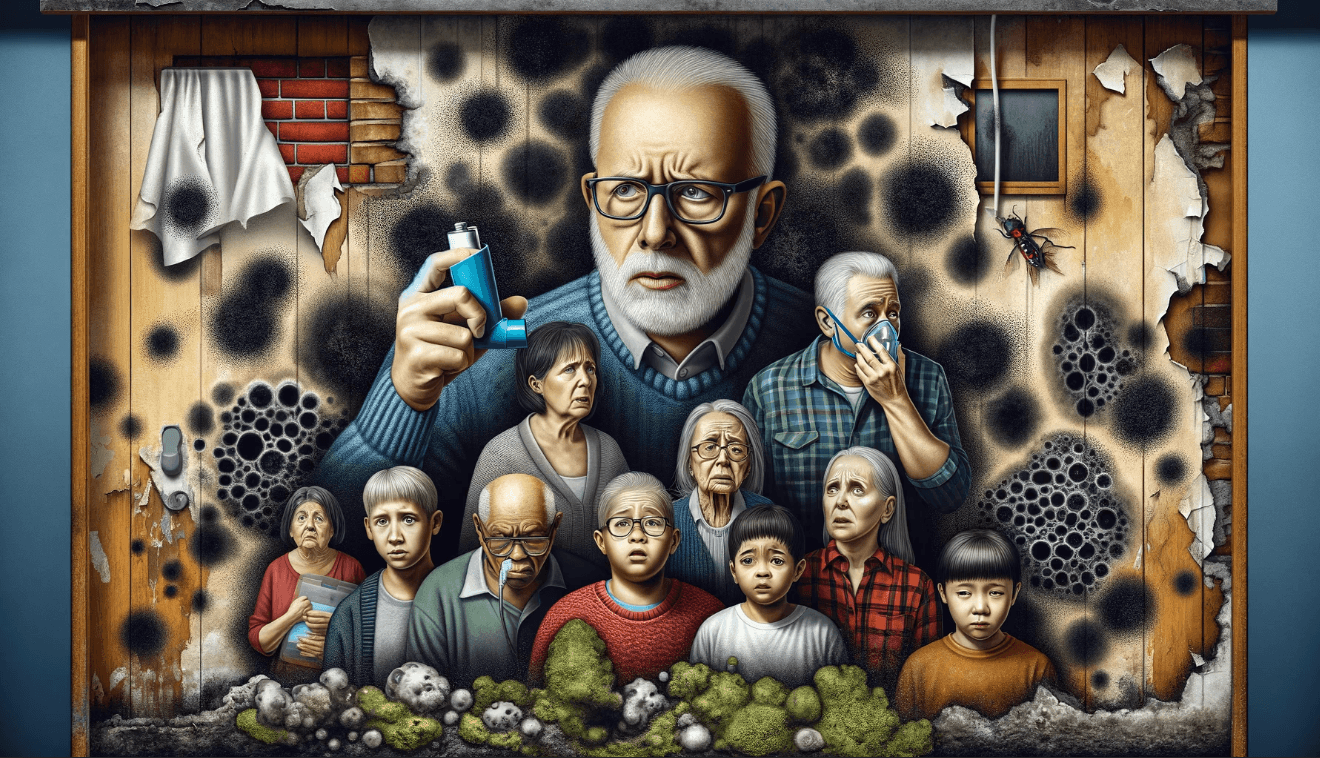
Who's at Risk? Vulnerability to Black Mold Allergies
While black mold does not discriminate, certain individuals find themselves more susceptible to its harmful effects. Those with existing mold allergies or weakened immune systems bear the brunt of the risk, facing severe allergic reactions that can significantly affect their quality of life. Moreover, a family history of allergies or asthma may predispose individuals to heightened sensitivity, making them more likely to develop a mold allergy.
In the realm of occupational hazards, professions that involve frequent mold exposure can increase the odds of developing mold allergies. Some of these professions include:
- Farming
- Dairy work
- Carpentry
- Furniture repair
Individuals in these professions may find themselves unwittingly on the front lines in the battle against black mold.
Navigating Black Mold Allergy Diagnosis
Diagnosing a black mold allergy is a complex dance that begins with a review of the patient’s symptoms and medical history. Healthcare providers sift through the evidence, looking for signs that point to a mold allergy. The process may involve a skin prick test or blood tests to detect the presence of IgE antibodies specific to mold allergens, providing a clearer picture of the body’s immune response.
Understanding how the immune system reacts to black mold is pivotal. Mast cells sensitized to black mold allergens are a key indicator of an allergic predisposition. When these cells are activated, they release chemicals that cause allergic symptoms, marking mold as a foe to the body.
Treatment Strategies for Black Mold Allergies
Living with a mold allergy necessitates a multifaceted approach to treatment, aimed at managing and alleviating symptoms. Medications such as antihistamines, nasal sprays, and decongestants take center stage in the fight against the persistent sniffles, coughs, and itches associated with mold allergies. Antihistamines like cetirizine and loratadine offer a reprieve from the runny nose and sneezing, while nasal corticosteroids like ciclesonide tackle inflammation.
Despite their benefits, these treatments are not without their caveats. Some potential side effects and considerations include:
- Nasal corticosteroids may cause nosebleeds and dryness
- Oral decongestants should be used cautiously, especially in those with hypertension
- Allergy shots, or immunotherapy, may be recommended for long-term relief to build up immunity to specific allergens
Additionally, nasal lavage and avoiding mold exposure are essential, as there is no cure for mold allergies. For more about treatment options, visit [Mayo Clinic’s page on mold allergy treatment](https://www.mayoclinic.org/diseases-conditions/mold-allergy/diagnosis-treatment/drc-20351556).
Preventing Black Mold Growth and Exposure
A proactive stance on black mold prevention can save not just health but also significant time and resources in the long run. Keeping indoor environments dry is the cornerstone of prevention, as moisture is the lifeblood of mold growth. It’s important to:
- Repair plumbing leaks and other water issues promptly, ensuring that the damp conditions favored by mold are quickly resolved.
- Control indoor humidity to prevent mold growth.
- Address water leaks to eliminate potential moisture sources.
- Keep indoor temperatures at suitable levels to discourage mold growth.
- Remove any sources of food for mold, such as drywall, by promptly repairing any damage.
By implementing these prevention strategies, you can effectively reduce the risk of black mold in your home or building. For comprehensive tips on preventing mold growth, check out the [American Lung Association’s tips on preventing mold growth](https://www.lung.org/clean-air/at-home/indoor-air-pollutants/mold-and-dampness).
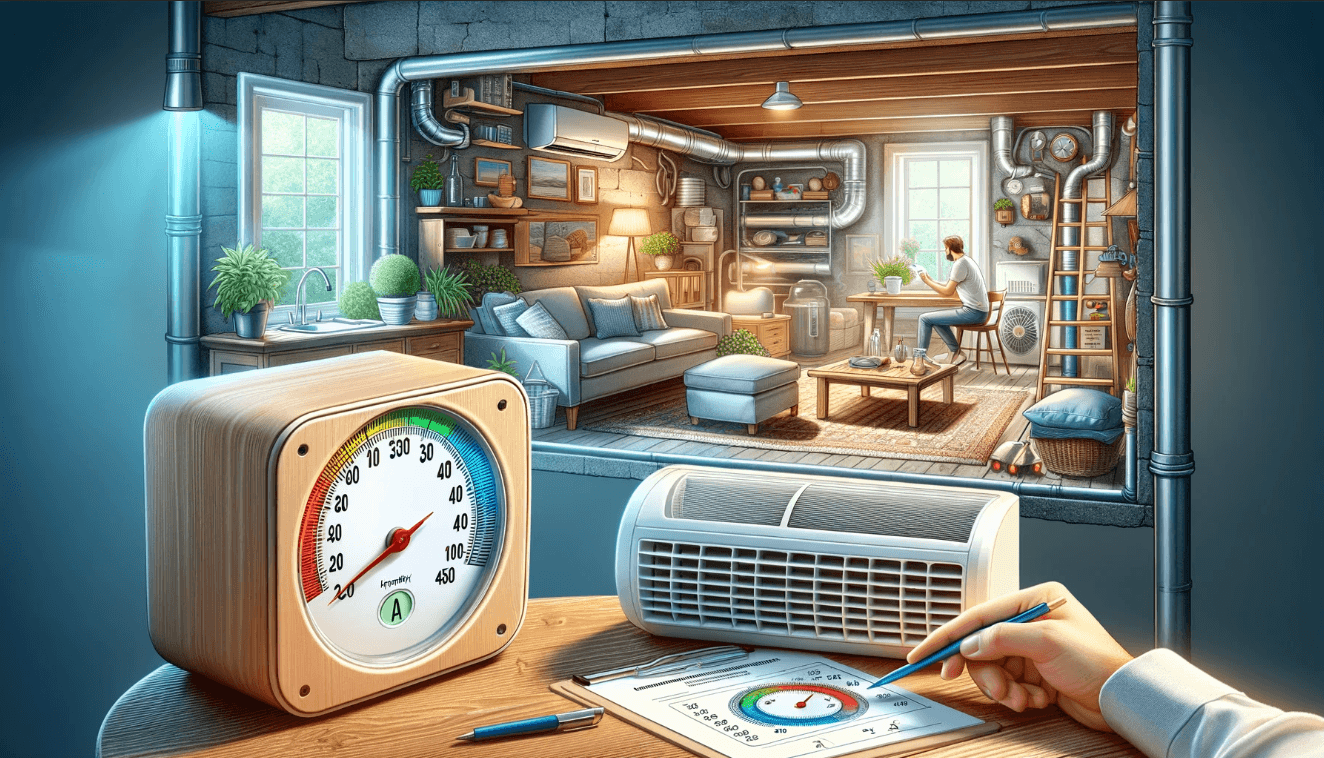
Controlling Humidity Levels
Controlling humidity is a delicate balance, one best maintained by keeping indoor levels below 60 percent, ideally between 30 and 50 percent. This can be achieved through the use of dehumidifiers and air conditioners in areas prone to dampness, like basements.
Regularly checking these levels with hygrometers and sealing windows and doors to prevent external moisture from raising indoor humidity are simple yet effective ways to ward off mold growth.
Ensuring Proper Ventilation
Proper ventilation is a powerful ally in the fight against black mold. Homes with poor ventilation can quickly become breeding grounds for mold, especially in high-moisture areas like kitchens and bathrooms. Utilizing exhaust fans to direct moist air outside and opening windows during moisture-generating activities such as cooking or showering can significantly reduce indoor humidity levels, thereby stifling mold’s chance to proliferate.
Mold Removal Best Practices
When mold makes its unwelcome appearance, swift action is key. The best practice for mold removal involves:
- Thoroughly scrubbing moldy surfaces with hot, soapy water
- Completely drying the area to prevent further growth
- Disinfecting with a bleach and water mixture to eradicate any remaining mold
Following these steps will ensure that the area is clean and safe. Before repainting or caulking, it’s crucial to remove all traces of mold and completely dry the surfaces to avoid future problems. For more information on mold removal best practices, visit the [EPA's guide on mold cleanup](https://www.epa.gov/mold/mold-cleanup-your-home).
Addressing Common Concerns About Black Mold
In the discourse on black mold, several concerns frequently arise. One such concern is whether HEPA filters are effective against mold spores. These filters are indeed capable of capturing airborne mold particles, thus reducing exposure to black mold allergens. As for symptoms like lack of focus, fatigue, and muscle aches, which some attribute to toxic mold syndrome, it’s important to note that this condition is not officially recognized, though it is a topic of debate among experts.
Furthermore, the chemicals released into the body post-exposure can trigger an ongoing inflammatory response, which is why understanding and mitigating black mold exposure is critical for maintaining long-term health. Awareness and proactive measures are vital in ensuring that the dangers posed by black mold do not take root in our lives.
Summary
As we draw this exploration to a close, let us reflect on the key insights gained. Black mold, while not universally toxic, presents significant health risks to susceptible individuals. Recognizing symptoms, understanding who’s at risk, and navigating diagnosis and treatment are crucial steps in addressing black mold allergies. Moreover, prevention through moisture control, proper ventilation, and mold removal best practices remains the most effective defense. Let this knowledge empower you to take the necessary steps to protect your home and health from the creeping threat of black mold.
Frequently Asked Questions
Is it true that all black mold is toxic and can cause serious health problems?
Not all black mold is toxic, but it can produce harmful mycotoxins. While most people may not experience serious illness, individuals with allergies, asthma, or weakened immune systems are at risk of serious health complications.
How can I tell if I'm having an allergic reaction to black mold?
If you are experiencing symptoms like coughing, sneezing, itchy eyes, or nasal congestion, you may be having an allergic reaction to black mold. Individuals with asthma may also experience asthma attacks with symptoms of wheezing and shortness of breath.
What should I do if I suspect black mold in my home?
Address any moisture issues immediately and consider professional mold removal to ensure safe eradication. Regular cleaning and maintenance can help prevent future mold growth.
Can I clean black mold myself, or should I hire a professional?
It's best to hire a professional mold removal service for larger infestations or if you're unsure, as they can handle the situation safely and effectively. For more information on professional mold removal services, visit [ServPro’s mold remediation services](https://www.servpro.com/services/mold-remediation).
Are there long-term health effects from black mold exposure?
Yes, chronic exposure to black mold can lead to ongoing respiratory issues and hypersensitivity pneumonitis in sensitive individuals. It's crucial to promptly remove mold and seek medical attention if health issues persist. For more on long-term health effects, check out [Healthline’s article on mold exposure](https://www.healthline.com/health/mold-in-house).



